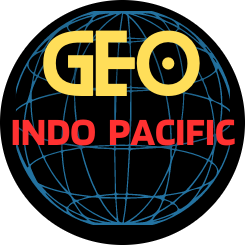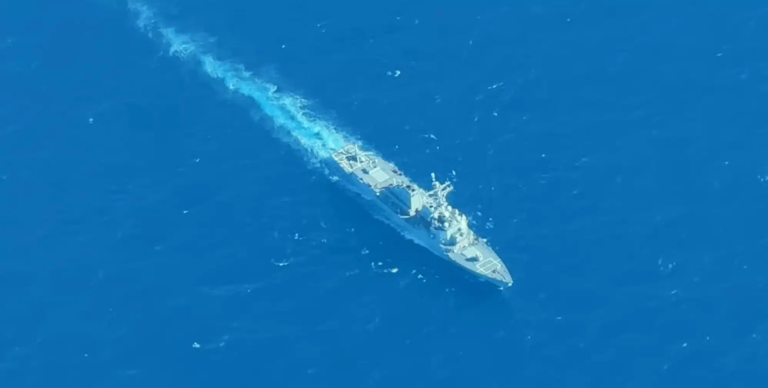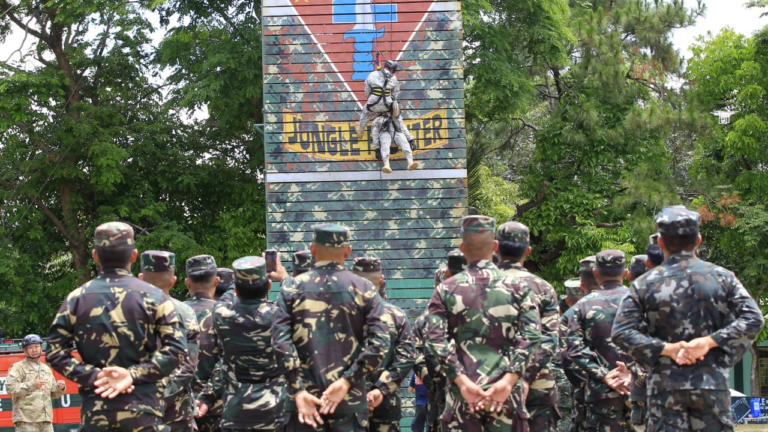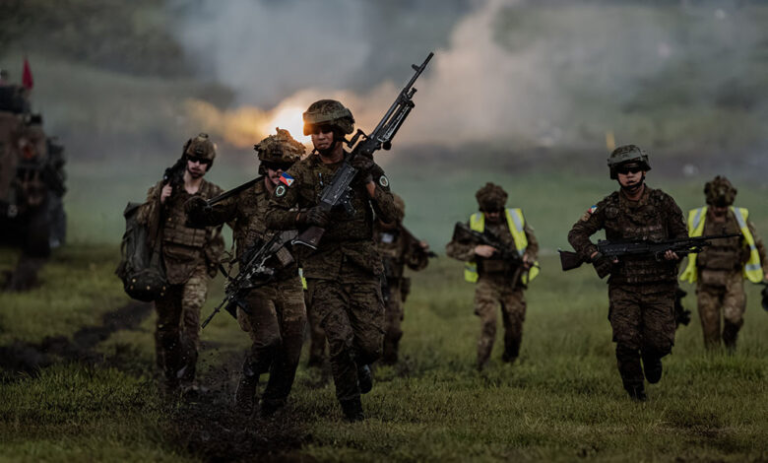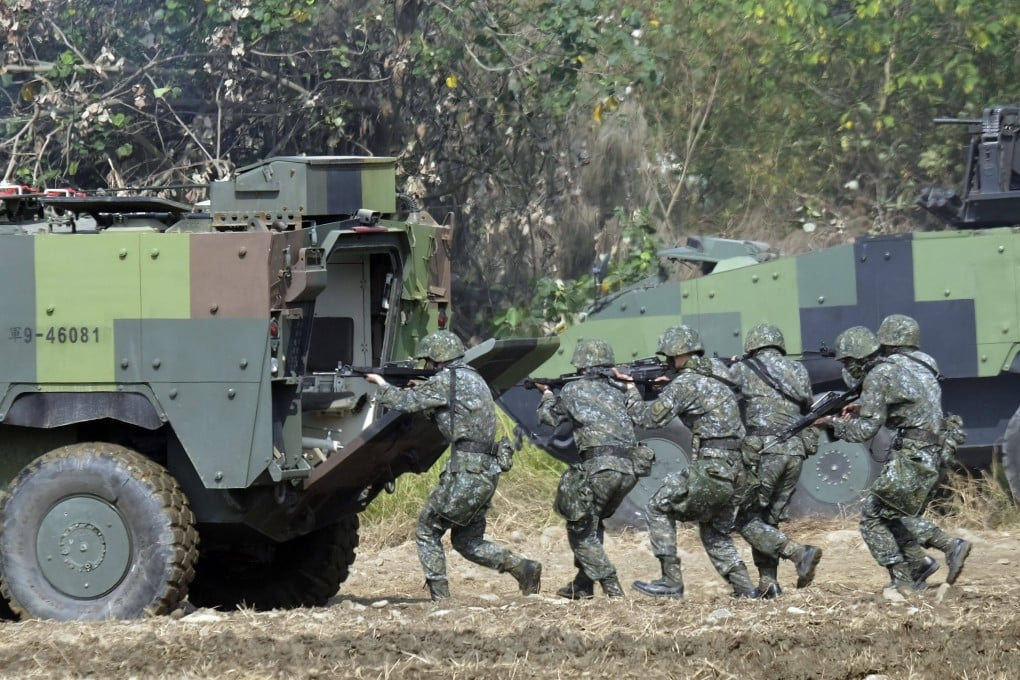
Washington’s disclosure that around 500 US military personnel are stationed in Taiwan signals more open and substantial defence support for the island – a pivot from a previously discreet partnership that is openly testing Beijing’s red lines, according to analysts.
The disclosure, made on May 15 by retired US Navy Rear Admiral Mark Montgomery during congressional testimony, was the first official acknowledgement of such a substantial American military presence on the self-governed island.
Taiwanese experts say the number refers to training personnel. It also vastly exceeds the previously known 41 personnel that were confirmed in a US congressional report a year earlier.
Montgomery told lawmakers that the US military involvement was essential to training Taiwan to become a credible “counter-intervention force” capable of real combat or complicating Beijing’s military options.
“If we’re going to give them billions of dollars in assistance, sell them tens of billions of dollars’ worth of US gear, it makes sense that we’d be over there training and working,” he said.
Days after the hearing, mainland Chinese state broadcaster CCTV took the rare step of airing commentary on Montgomery’s remarks about the American military presence on the island.
The broadcast did not outline specific plans for a response by the People’s Liberation Army (PLA), but it featured residents of the island criticising US actions as “pushing Taiwan towards the danger of war”.
Su Tzu-yun, a research fellow at Taiwan’s Institute for National Defence and Security Research, a Taipei-backed think tank, said Montgomery was likely to have been referring “to training personnel rather than combat troops” – distinct from the reported active-duty US military personnel stationed on the island who are serving in administrative roles.
Chen Wen-chia, an international affairs scholar at Taiwan’s National Chengchi University, also downplayed the significance of the number, emphasising that “joint training missions are short-term and technical in focus, not equivalent to a permanent US military presence”.
The Pentagon has not confirmed the updated number. However, Chen said the growing visibility of US military personnel signalled “a gradual US move away from strategic ambiguity towards greater clarity”.
Strategic ambiguity is the long-standing US policy to not take a clear position on whether it would come to Taiwan’s defence if it was attacked by mainland forces.
Beijing regards Taiwan as part of China, to be reunited by force if necessary. Like most countries, the US does not recognise the island as an independent state. However, Washington is opposed to any unilateral change to the status quo.
While the United States is legally obliged to provide arms for the island’s defence, its ambiguous position is understood to serve the dual purpose of complicating the PLA’s calculations without encouraging Taiwan independence de jure.
“While a 500-troop presence remains limited in scale, it marks a shift in US-Taiwan military ties – from symbolic engagement towards more substantive, practical and operational cooperation,” Chen said.
In 1979, when Washington formally recognised the People’s Republic of China as “the sole legal government of China”, it also withdrew thousands of troops from Taiwan and enacted the Taiwan Relations Act – which enshrined continued US defence support, mainly through arms sales.
But with tensions between Beijing and Taipei on the rise, both Taiwanese authorities and the US government are pushing the envelope by disclosing the extent of the American military presence in Taiwan.
In October 2021, then-Taiwanese leader Tsai Ing-wen publicly acknowledged for the first time that US military personnel were stationed on the island. Shortly afterwards, the Pentagon’s Defence Manpower Data Centre began to release limited figures, showing small annual increases in the military presence.
In February this year, Taipei shared an image on social media of US Major General Jay Bargeron of the Indo-Pacific Command taking part in tabletop drills alongside Taiwan’s defence leaders.
